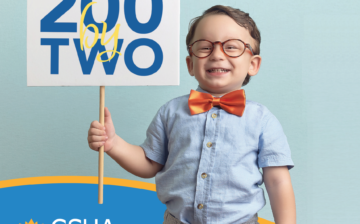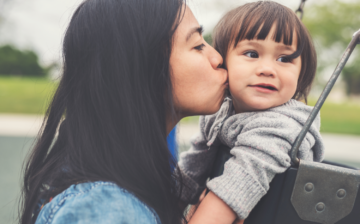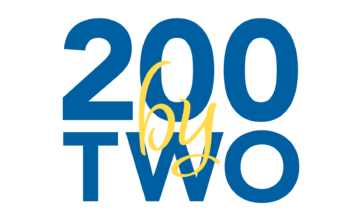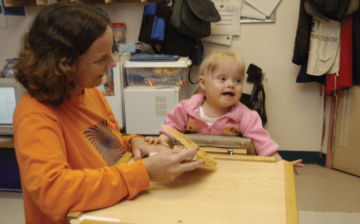Posts Tagged: 200byTwo

CSHA member finds her rewards in teaching kids to communicate
Every one of our CSHA members has a story! Tamisha Tague, former CSHA board member, shares her professional journey and the role she has played in touching lives all along the way! Her path has led her to a place where she wants to be — in a job she loves and where she feels she’s making a difference.

200 by Two
Early Intervention Guide on Communication and Language Development By their second birthday, most children have a vocabulary of about 75-225 words and are beginning to combine words into two- to three-word phrases. While prevalence estimates vary, about 10 percent to 20 percent of 2-year-olds don’t reach this milestone and consequently may experience difficulties learning to …[Read More]

Together, we can make the 2s terrific!
Learning to Communicate Babies are busy. There’s so much to do those first two years, like crying, smiling, waving, playing. They’re signs a child is learning to communicate. Parents are busy, too, so they need all the help they can get to identify the signs of age-appropriate communication — and what to do if those …[Read More]

NEWS RELEASE: CSHA releases 200 by Two resource guide
The California Speech-Language Hearing Association (CSHA) has released an educational video and supporting online resource guide to help parents, medical professionals, educators and speech-language pathologists evaluate where a child is on the path to age-appropriate language skills and determine if intervention or support is needed.

Best Practices in Early Intervention Services (2017)
In 1986, the enactment of legislation to require early intervention services for infants and toddlers with disabilities and at-risk conditions from birth up until age 3 years of age ushered in a new paradigm of services and supports for families and very young children which has been compared to the Copernican Revolution (Turnbull & Summers, 1987).
